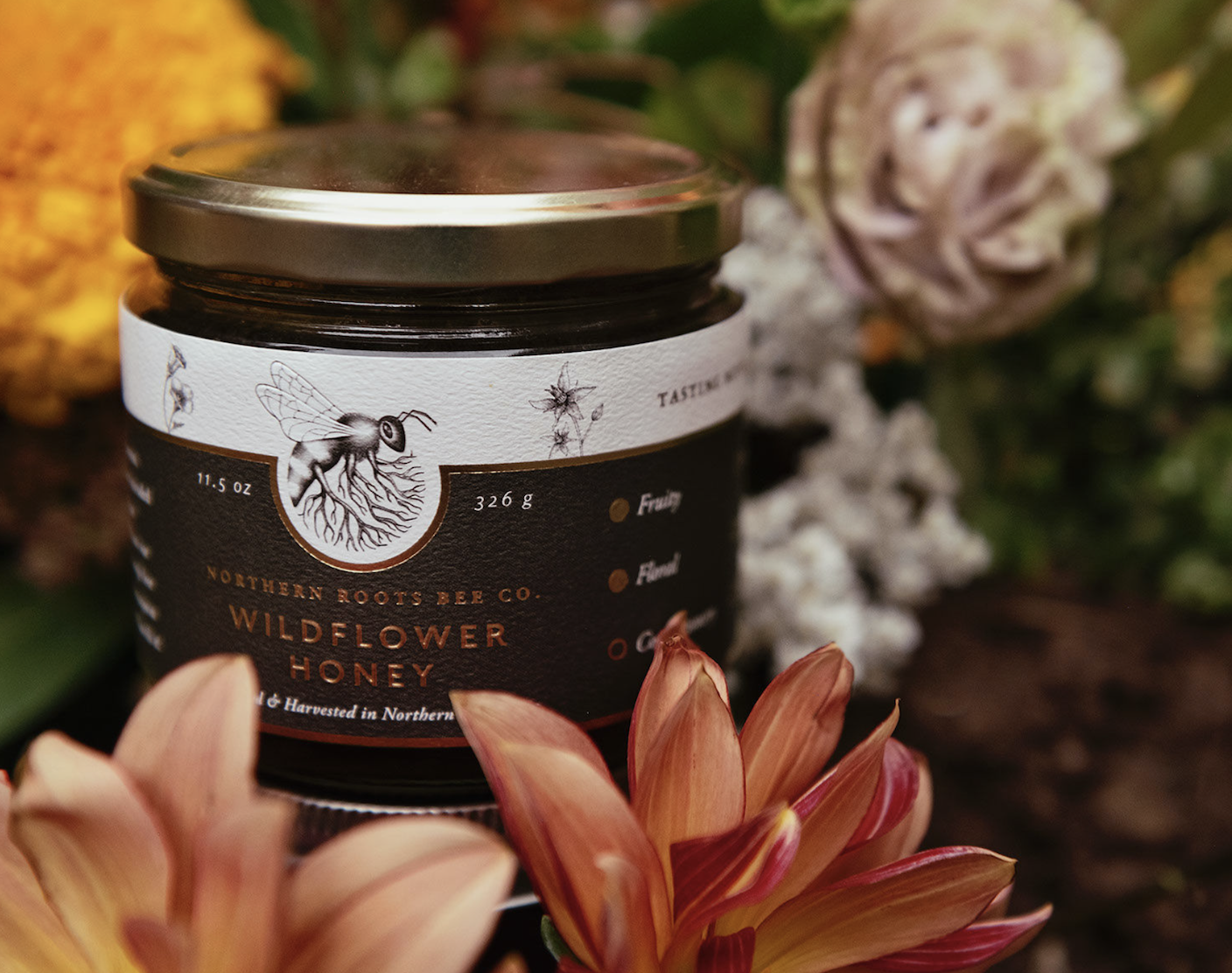Beyond the Bear Jar: Exploring the Diverse World of Honey
When most people think of honey, they imagine the classic, liquid, amber-colored sweetness found in the familiar plastic bear-shaped jar - a staple on supermarket shelves. For many, this is the gold standard of honey. But in truth, that supermarket honey is just the tip of the iceberg in the vast and diverse world of honey. (And by the way, that “honey” in the supermarket often isn’t truly honey at all—but more on that in another blog post about honey fraud). The reality is that honey comes in a stunning array of colors, flavors, aromas, and textures, each shaped by the flowers from which the nectar is sourced and the unique environment, or terroir, in which the bees forage.
The Influence of Terroir on Honey
Terroir, a French term meaning "earth," encompasses the soil, climate, water, wind, and sunlight that plants are exposed to. These environmental factors combine to create the unique sensory attributes of honey, including its color, aroma, and flavor. The quality of the soil, for instance, plays a crucial role in determining the types of plants that can grow in a particular area, which in turn influences the honey produced. Interestingly, honey made from the same type of plant can vary dramatically depending on the region—or even the year—in which it’s harvested.
Our liquid honey from 2019
The Many Forms of Honey
Honey can be found in various forms, depending on how it is harvested or prepared by the beekeeper. Let’s dive into the most common types:
Liquid Honey: This is the most familiar form of honey, and it’s what you’ll typically find in grocery stores. Liquid honey has been separated from the beeswax comb it was made in, usually through a process that involves a machine called an extractor. The extractor uses centrifugal force to spin the honey out of the wax cells. The honey is then strained to remove any unwanted wax particles, hive debris, and bee remnants. After filtering and allowing it to settle, the honey is slightly warmed to ensure it flows easily into jars.
Comb Honey: Comb honey is honey in its purest form—still nestled within the beeswax comb where the bees originally stored it. There’s been no human intervention, so when you slice or spread the comb, fresh liquid honey oozes out of the cells. Eating comb honey provides a delightful textural experience, with the smooth honey and chewy beeswax combining in each bite. And yes, it’s perfectly fine to eat the beeswax!
Comb honey from our hives in 2017
Chunk Honey: This is a delightful combination of comb honey and liquid honey. Beekeepers place pieces of comb honey into a jar and fill the remaining space with liquid honey. This option allows you to enjoy the experience of comb honey without fully committing to a large chunk. Plus, it’s visually stunning!
Chunk Honey
Creamed Honey: Creamed honey is made by inducing crystallization in a controlled way. By doing so, beekeepers can ensure a consistent texture that many consumers love. The crystals in creamed honey are extremely fine, giving it a thick, creamy consistency that spreads beautifully. My own love for creamed honey is what first sparked my interest in bees, eventually leading me to become a beekeeper and start Northern Roots Bee Co. The best creamed honey I’ve ever tasted is from Swan’s Maine Beekeeper, check them out!
Creamed Honey
Understanding Crystallization: A Natural Process
There’s a common misconception that honey has gone bad if it starts to crystallize. This couldn’t be further from the truth! Crystallization is a natural process that occurs because honey is a supersaturated solution, primarily made up of the simple sugars glucose and fructose. With about 18% or less water content, honey naturally wants to revert to a more stable, crystalline form. Crystallization begins when one sugar crystal adheres to another, or to a pollen grain or tiny piece of dust in the honey, leading to a snowball effect that causes crystals to spread throughout the jar.
If you notice your honey crystallizing, don’t toss it out! You can easily return it to its liquid state by gently warming the jar in a water bath.
Naturally Crystallized Honey - notice how the crystals are larger and vary in size compared to the creamed honey pictured above.
Discover the World of Honey
As you can see, there’s so much more to honey than what you’ll find in the typical grocery store aisle. I encourage you to explore the different types and flavors of honey available. Try it in your tea, on your charcuterie board, or drizzled over a soppressata pizza. And whenever possible, source your honey locally—from a farmers market or directly from a beekeeper. Who knows? A jar of honey might just change your life, as it did mine!





